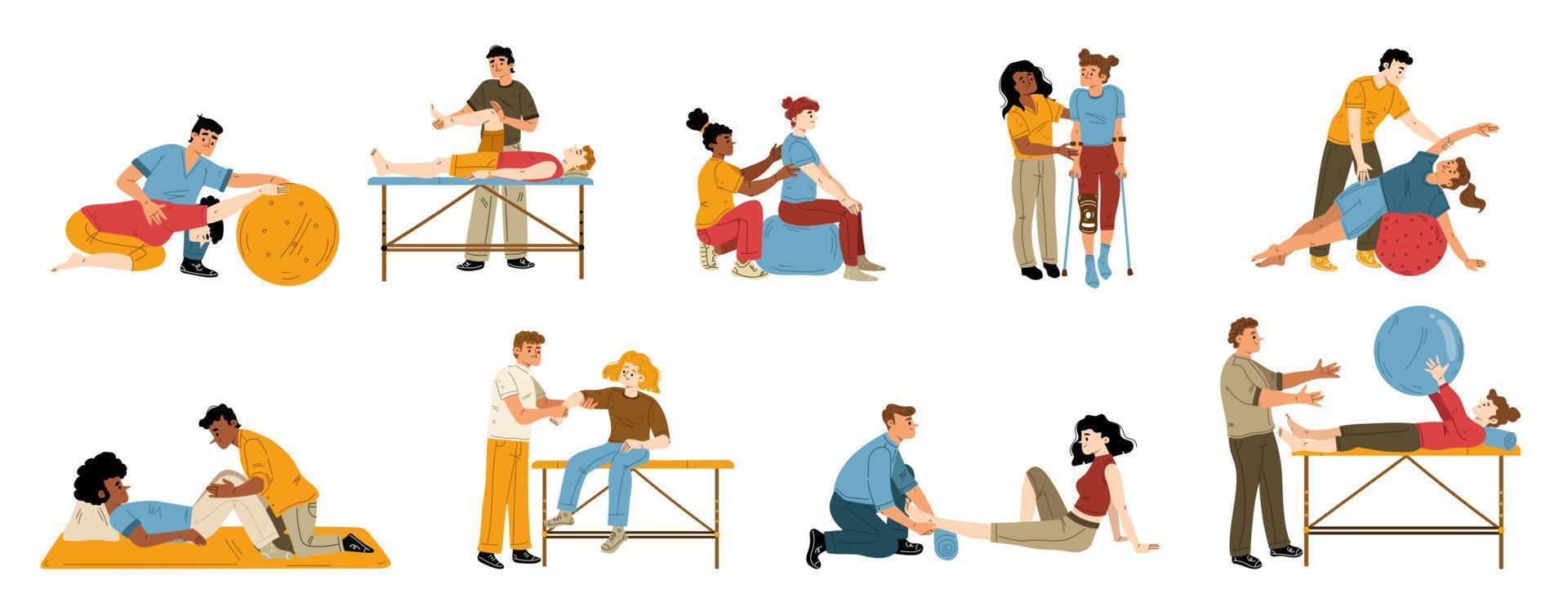Mastering a Science of Human Factors to Enhance Ease and Productivity in Work Environments
Mastering a Science of Human Factors to Enhance Ease and Productivity in Work Environments
Blog Article
Elevating the discipline of workplace optimization is paramount for creating workspaces that support postural health and work output. Applied ergonomics is the methodology of engineering task areas, tools, and functions to accommodate the requirements of team members. By addressing how individuals interact with their surroundings, businesses can reduce discomfort and prevent repetitive stress disorders. An ergonomic workspace supports natural movement and reduces strain, which can lead to improved effectiveness and satisfaction among employees.
One key component of ergonomics is the placement of furniture and equipment. Workstations should be at a level that permits employees to work with their forearms at a 90-degree angle while keyboarding. Ergonomic seats should deliver adequate lumbar stability for the lower back, promoting spinal alignment. Additionally, screens should be aligned at visual height to avoid cervical tension. By confirming that these elements are properly configured, staff can sustain a ergonomic position throughout their workflows, decreasing fatigue and improving focus.
Another notable factor in an ergonomic workspace is the use of appropriate tools and equipment. This includes typing hardware, navigation tools, and other components engineered to reduce RSIs. For instance, using an split-key keyboard can aid in relieve wrist pain caused by prolonged typing. Furthermore, adjustable chairs and sit-stand desks empower employees to modify their position throughout the day, which can injury risk management in sports ease physical stress and increase energy levels. Allocating resources toward high-quality ergonomic tools can lead to optimal work habits and elevated productivity rates.
Illumination is also a vital element in ergonomic design. Balanced lighting can minimize eye strain and support staff to focus on their tasks. Sunlight is optimal, but if that is not feasible, using adjustable artificial lighting can assist in providing a functional atmosphere. It is important to avoid overhead fluorescent lights that may induce migraines or fatigue. By ensuring adequate lighting, workspace planners can foster an environment that supports injury rehabilitation best practices both visual ergonomics and work quality.
In closing, promoting scheduled breaks is imperative for maintaining an healthy workspace. Motivating employees to take timed breaks can aid alleviate fatigue and cognitive strain. During these breaks, workers should be guided to perform mobility exercises or walk around to improve physical engagement. Integrating scheduled break times can facilitate build a routine that protects employee wellness without sacrificing work results. Ultimately, embracing ergonomics in the professional environment not only enhances physical health but also cultivates a more productive work culture where team members can thrive.